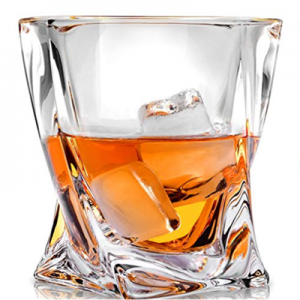Ordinary glass materials are mostly made of high-temperature silicon, using high-boron heat-resistant glass, which has excellent heat resistance and corrosion resistance; as a green and environmentally friendly glass material, the glass body is crystal clear, soft, and elegant in shape. It is a good companion for making tea and drinking healthy water.
1. The material should be pure: if the glass material is not pure, there will be lines, bubbles or sand on the glass drinkware.
“Stripe” refers to the appearance of streaks on the surface of the vitreous body. The rough lines can be felt by hand, and the fine lines can be seen only when facing the light.
“Bubble” refers to the small cavity formed by enveloping air in the glass body. According to the reason of formation, it can be divided into two types: material bubble and operation bubble. The material bubble resides in the deep part of the glass body and looks like a small circle from the outside. The operation bubble is relatively exposed, some are like fisheyes, which will pierce a hole with a light poke; some are like small scars on a fruit and it is easy to peel off layer by layer.
“Sand” refers to white granular silica sand that is embedded in the glass body without melting, and also refers to other granular impurities. It is more difficult to find when sand is embedded in a thicker bottom or under the cover of brushed color. Because sand and glass have different compositions and different expansion coefficients, they will separate from the glass body after a slight collision, causing the glass to crack; sometimes there is no collision, but due to temperature changes, the sand will also separate from the glass body, causing the glass to burst automatically.















